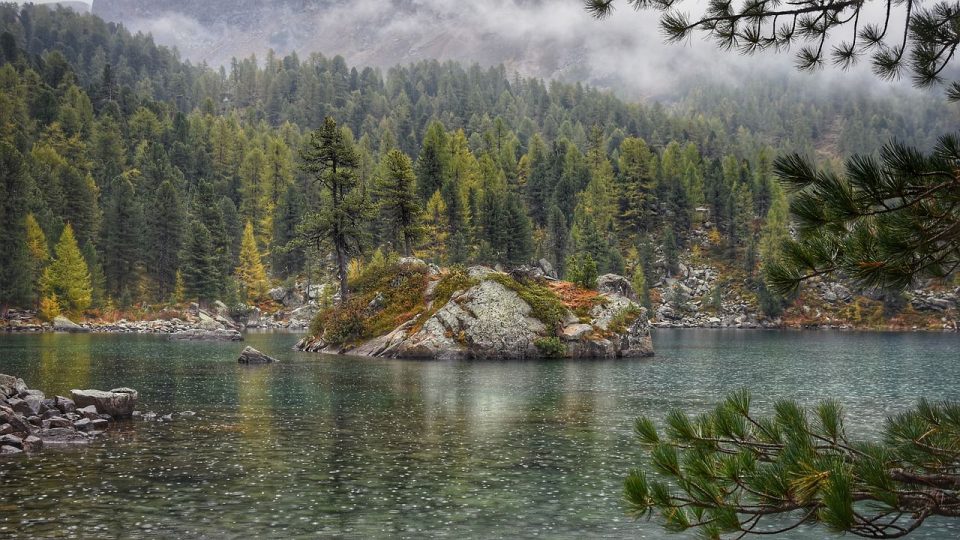The Viking Age, which lasted roughly from the late 8th century to the mid-11th century, played a significant role in shaping Denmark’s early history. The Vikings were known for their maritime skills and their raiding expeditions across Europe, and Denmark was at the heart of Viking activity.
Denmark during the Viking Age was a highly decentralized society, with small, independent chieftains ruling over their own territories. These chieftains often engaged in warfare with one another, and the Viking Age saw a great deal of conflict and instability in Denmark.
The Vikings were also known for their seafaring skills, and Denmark’s geography made it an ideal location for maritime trade and exploration. Denmark was situated at the crossroads of trade routes between Scandinavia, the Baltic, and Western Europe, and Danish traders and explorers played a key role in shaping the early medieval world.
The Vikings’ raiding expeditions also had a significant impact on Denmark’s early history. Viking raiders targeted many of the major cities and trading centers of Europe, and Denmark became known as a center of piracy and raiding. However, the Vikings also established permanent settlements in many parts of Europe, including in England, Scotland, and Ireland, and these settlements had lasting cultural and economic effects.
The Viking Age saw the emergence of a distinct Scandinavian culture, which was characterized by a unique blend of pagan and Christian traditions. The Vikings were known for their mythology and folklore, and many of these traditions were incorporated into early Danish culture.
The conversion of Denmark to Christianity also had a significant impact on the country’s early history. In the 10th and 11th centuries, Denmark gradually converted to Christianity, and the church became a powerful political and cultural force in Danish society. The conversion also brought Denmark closer to the rest of Europe, and it helped to cement Denmark’s place as a major player in the medieval world.
The Viking Age also saw the emergence of a strong central authority in Denmark. The Viking chieftains gradually gave way to more centralized forms of government, and the Danish monarchy emerged as a powerful institution in the 11th century. The monarchy played a key role in consolidating power and stabilizing Danish society, and it set the stage for the country’s later development.
The Viking Age also had a significant impact on Denmark’s economy. The Vikings were known for their trading and raiding expeditions, and they established a network of trade routes across Europe. This network helped to make Denmark a center of commerce and trade, and it helped to drive the country’s economic growth.
The Vikings were also skilled craftspeople, and they produced a range of high-quality goods, including jewelry, weapons, and textiles. These goods were highly prized across Europe, and they helped to establish Denmark as a center of craftsmanship and innovation.
The Viking Age also saw the emergence of a rich and diverse artistic tradition in Denmark. The Vikings produced a wide range of art, including stone carvings, metalwork, and textiles. These works of art were highly prized across Europe, and they helped to establish Denmark as a center of artistic excellence.
In conclusion, the Viking Age played a crucial role in shaping Denmark’s early history. The Vikings were known for their maritime skills, their raiding expeditions, and their unique culture and traditions. The Viking Age saw the emergence of a strong central authority, the growth of a vibrant economy, and the development of a rich artistic tradition. These developments set the stage for Denmark’s later development, and they helped to establish Denmark as a major player in the medieval world.












